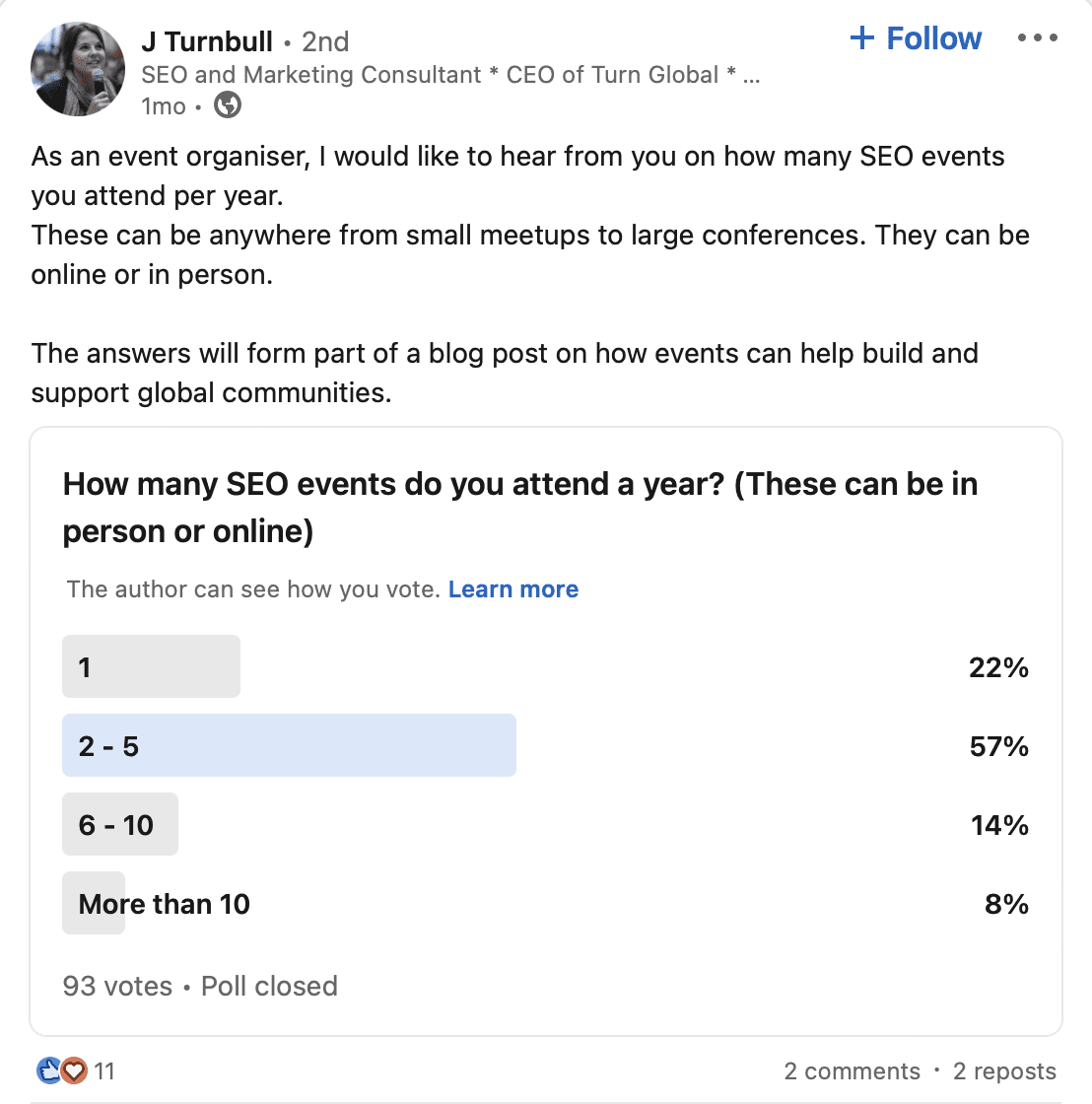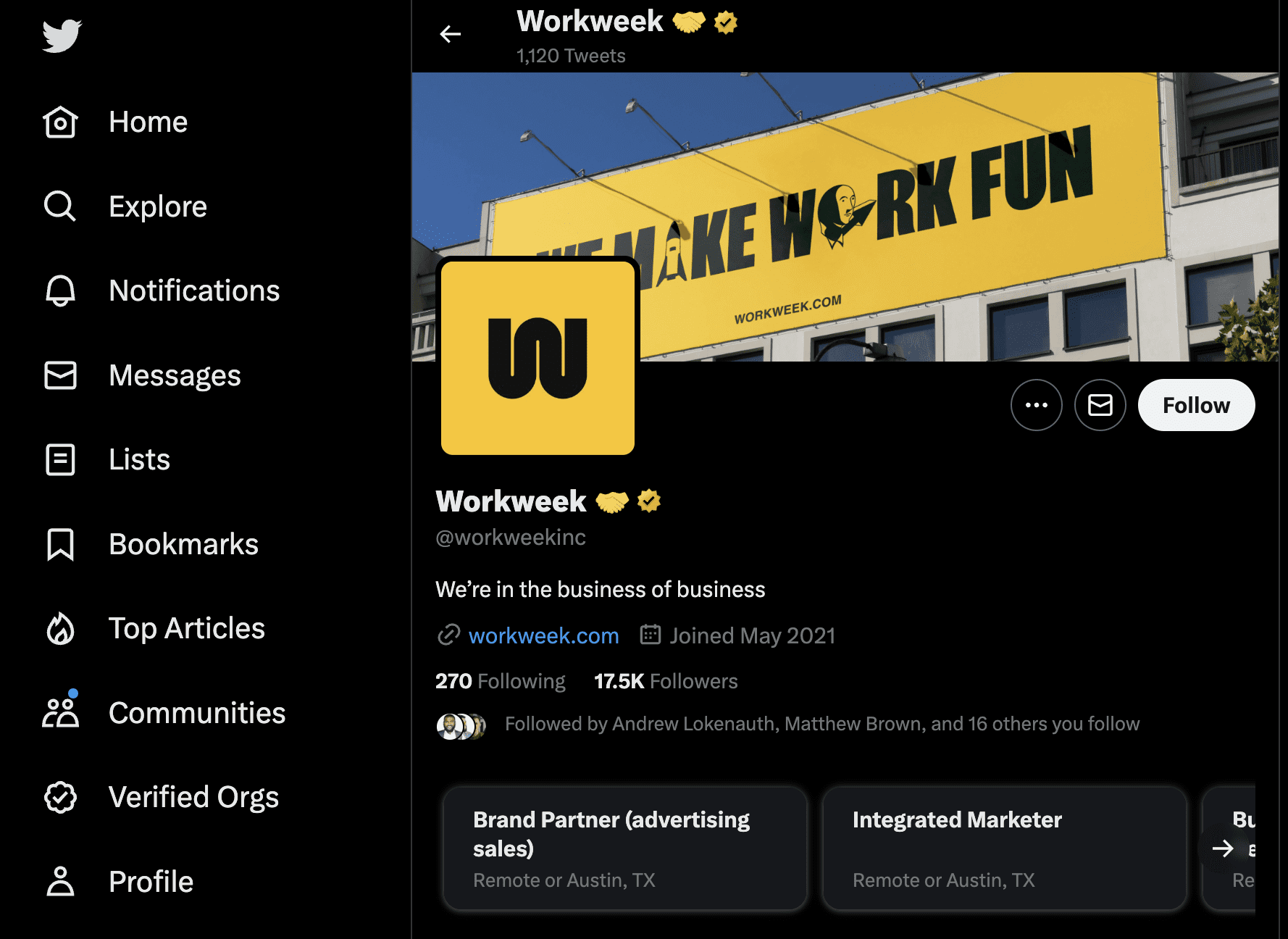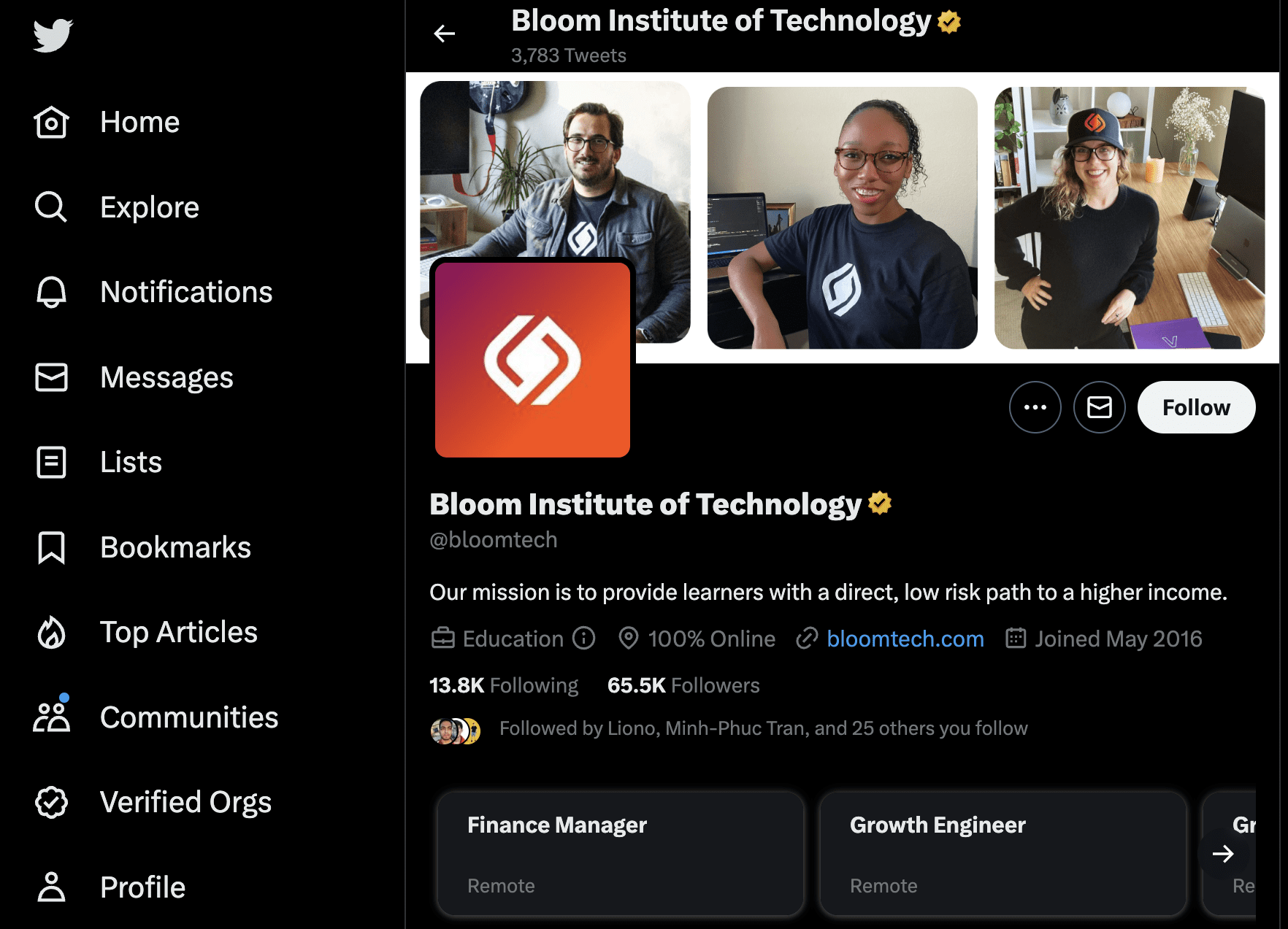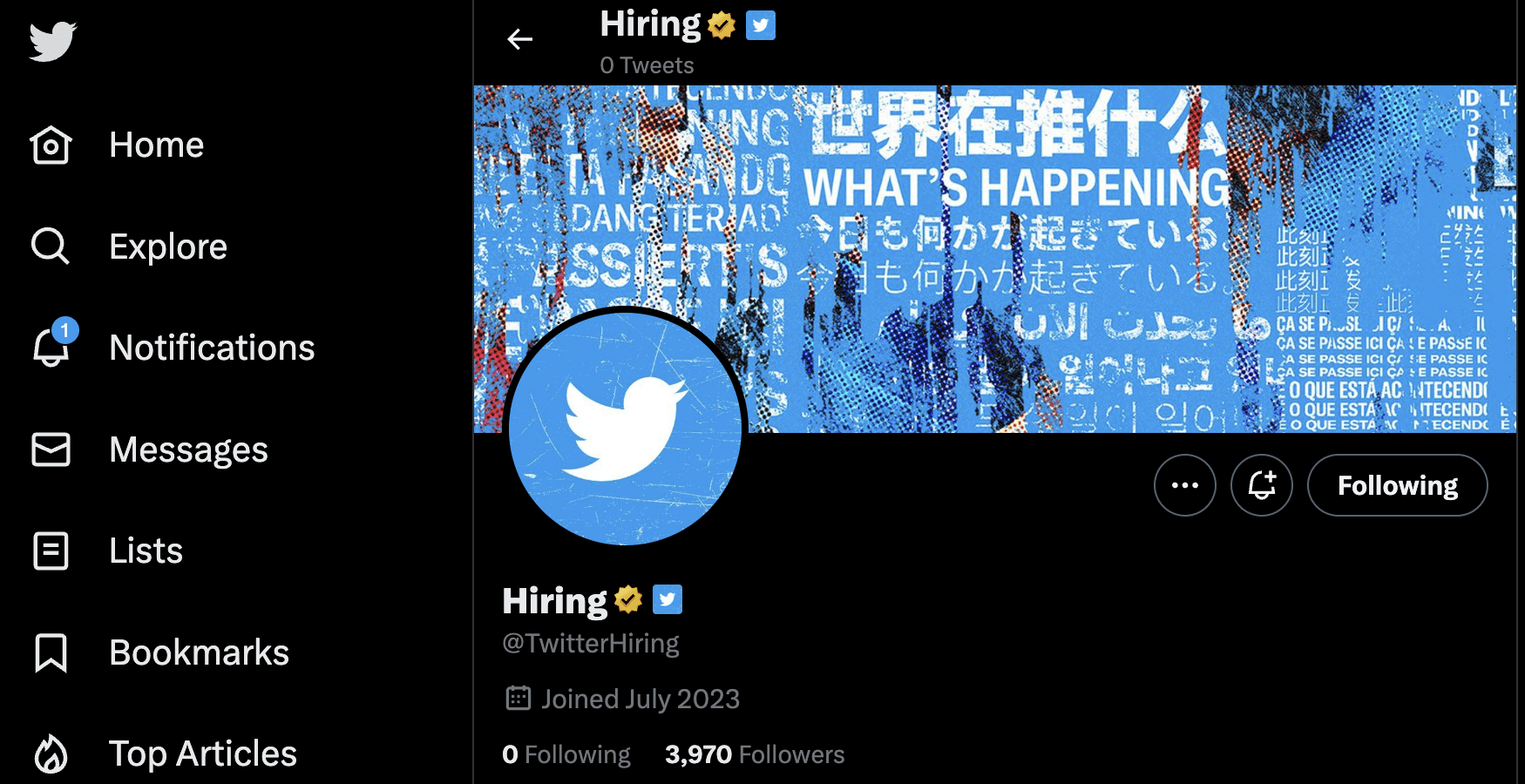How To Build A Community By Running Industry Events
I have been well aware of the importance of global communities since I started working freelance at home and also in an office environment.
Digital communities are so important, especially in our industry as we continue to grow.
The global digital advertising and marketing market is set to reach $786.2 billion by 2026, which is up from $350 billion in 2020.
This means there are more opportunities for events as the global search community continues to grow.
The important thing about being online is that you have access to global reach and have no borders to contend with. Therefore, events help expand our own network.
COVID was possibly the single most influential factor in creating global digital communities.
Post-COVID, digital users are still attending events. I ran a survey on LinkedIn about the number of events running per year, and the majority (57%) are attending 2-5 SEO events per year, which demonstrates how significant they are.
 Screenshot from LinkedIn, October 2023
Screenshot from LinkedIn, October 2023


I was fortunate to speak at the International Social Summit in Barcelona in May on a topic I feel passionate about: how events can help build and support international communities in our search industry. The following is a summary of my presentation with advice on how events can help to build communities.
Objectives for setting up an event
When setting up an event, it is important to keep in mind your objectives. This not only helps draw an audience but can also help lead to a following and a community.
At Search London, my objective was to promote a wide range of speakers, including first-time speakers, and have them share actionable tips.
I wanted presenters to share results of what worked at their agency or company instead of talking about SEO, PPC, or social media theory.
There are many events in our industry, and it is important that companies support them as they are working to grow and support our community.
Some of the events I feature in this blog post were set up because there was a gap in the market.
I found out about many of these events from running Search London, which led me to write for State of Digital and connect with many in the industry.
Search London
I took over Search London in October 2010 from Judith Lewis. I rebranded it and launched the first event in January 2011.
I wanted to be part of a community, even though I was not experienced; I had been in the agency for just one year and worked in SEO for less than two years.
I wanted to have a safe place (in person) where people in SEO, PPC, and social could get together to discuss ideas and learn from one another.
Attending events in person for the first time can seem daunting. I did a State of Digital Roadshow in 2012 and met many international SEO pros in their home countries – and then I met some of them again later at SEO conferences.
International Search Summit
Through State of Digital, I was able to attend events and write about them on the State of Digital blog.
I found out about the International Search Summit and attended my first one in September 2012. It had started in London in October 2008 before expanding to seven locations.
International Search Summit was set up as there was a gap in the event market, and there still is.
There are not really other conferences focusing on international search, both the audience and the international content.
Digital Marketing Union
From running Search London, I discovered the DMU, short for the Digital Marketing Union, which is run by Dan White.
Dan set up the DMU in February 2019 as he was feeling somewhat isolated being self-employed. The DMU is a global community that has grown outside of events.
Only about 20% of the DMU personnel have met one another in real life. In this way, this community supports events, not the other way around.
Turn Digi
With the experience gained from running Search London, I decided to set up Turn Digi in March 2020 as COVID took hold.
As an entrepreneur, I saw that meeting others and networking has a positive impact on business.
However, due to the lockdown, I wanted us to have a safe place to network online.
I noticed the other events were not setting up any online conferences, so I created Turn Digi. I live-streamed the events via Streamyard to YouTube.
I had clear objectives from the start:
- Provide a platform to connect those in the search and online marketing industry together – globally.
- Help others in the industry promote themselves, especially small businesses and self-employed folks.
- Attract a diverse range of speakers.
- Encourage more women to take part.
- Run events in Spanish, French, and English.
- Have actionable tips – no theory.
SEO Mindset Podcast
The SEO Mindset was set up by Sara McDowell and Tamzin Suleman, who again found a gap in the market.
There were podcasts about how to do SEO, but there wasn’t one focused on personal growth and career development for SEO pros – and this podcast is focused on helping people optimize their careers.
The SEO Mindset podcast is now at BrightonSEO, as they teamed up with Jack Chambers-Ward from the Search with Candour podcast.
They do a live podcast the evening before BrightonSEO, with the first one being in April 2022.
They pick topics that are relevant to attending a conference, including dealing with anxiety when at conferences and managing your energy levels when at conferences.
They create a safe, judgment-free space where people can have open and honest conversations about topics that matter.
Women In Tech SEO
Areej set up the Women in Tech SEO community in 2019 with their first event in June 2019. She saw there was a lack of diversity at conferences, especially the more technical and advanced SEO tracks.
That was the impetus for starting WTSEO which is a global support network aimed for women in the search industry at all stages of their careers. WTSEO is “the place where you can ask any question, anytime.”
WTSEO is a safe and judgment-free space which is kept that way by following a code of conduct that was set up from the beginning. This is extremely important and the community values are:
- To be kind.
- To be helpful.
- To be respectful.
- To be a safe and judgment-free community.
The last one particularly resonates with me. In the search community, it is important that we can be part of a judgment-free environment.
Many of us unfortunately may have been in toxic work environments where we have been criticized for asking questions or doing things differently.
The Results From Setting Up These Events
Search London
Search London will soon be turning 13 years old, and it always has a diversified lineup of speakers and topics. There have been over 75 events over the years, both online and in person. The birthday parties attract the highest number of attendees – nearly 100 at each one.
During my time running Search London, I have formed relationships with many SEO pros globally.
I have increased my brand visibility, was invited to be a co-host of WTSFest in 2021, and took part in mentorships at the WTSEO and the FCDC. It has also helped me with my business.
If running events and creating a community in my free time has such positive results, imagine what could happen if a company did this itself or even sponsored these events.
International Search Summit
Over the past few years, the company behind the event has focused on hosting one event per year, which is Barcelona International Search Summit.
I was fortunate to attend their first Barcelona event, which was in 2017 and had 50 attendees. They expect over 500 in Barcelona this November.
From their initial event in October 2008, they now run webinars and LinkedIn Lives and are well known in the industry for their international search perspective.
DMU
There are now 89 members who are based in 14+ countries, and when Dan set this up, he wanted to make sure the emphasis was on the digital aspect – meaning nobody is excluded based on their geography.
The DMU has given Dan a wider support group he can recommend to his clients for specialist knowledge when they require it.
It has also given him access to other individuals in online marketing, many of whom have become good friends; Dan achieved his goal of bringing people together to form a community.
SEO Mindset Podcast
The SEO Mindset Podcast has over 2,000 followers on Twitter and 700 downloads per month.
They found that having regular episodes, picking topics that resonate with their audience, sharing episodes with the WTSEO community, building the podcast following on social media, and having guests have led them to more than double their downloads compared to when they first started.
Turn Digi
I wanted to help others in the industry promote themselves, especially small businesses and self-employed folks.
At the first Turn Digi, there were 18 speakers, and 12 had their own business.
At the second Turn Digi, 5 out of the 12 speakers had their own business.
I also wanted to attract a diverse range of speakers.
At the first Turn Digi, we had 18 speakers calling in from 8 different countries and 3 different continents. Some were not on the regular speaking track, including Sheri Mandour and Lily Dedman, who both spoke about diversity and disability – topics not always addressed.
I wanted Turn Digi to be international, and we had it in English, Spanish, and French.
I also wanted to encourage more women to take part. At the first Turn Digi, 14 out of 18 presenters were women, and at the second Turn Digi, 8 out of the 12 presenters were women.
I launched with 18 speakers from 8 countries on April 30, 2020. This generated a lot of visibility, and I had 77,300 impressions over 28 days (by May 16) on Twitter, a platform I do not use very often.
From one post I shared, I generated 3,000 views on LinkedIn, and in one day, I had 682 YouTube views.
If I could achieve such results running this in my free time, what could a company achieve if they supported an event or a global community?
Setting Up Your Own Event
There will always be a gap in the market, and if you are passionate enough and have the time, then you can also set up your own event.
I found that with Turn Digi during the pandemic, there were not many in-person events being turned into webinars or online events.
When setting up an event, think of the objectives and make sure you are consistent.
How Can You Get Involved And Help Build A Global Community?
There are many events in our industry that need support.
Find out what events are happening in your area. Many people run events in their own free time, so they are looking for sponsors to help them with a venue or pay for food or drinks.
Many event organizers have a “buy me a coffee” initiative, so even if you cannot afford to sponsor the full evening or part of the day (such as food or drink), you can still support them.
Common Objectives
When supporting an event, think about your company’s and the event’s objectives:
- How do you want to align with the event?
- How can you best support them? By free trial? Working on a study or survey together? Buying scholarship tickets for their event?
- Have a consistent brand image to promote.
There are many smart search professionals in our industry working hard to build their events and a community.
Companies with budget (time and resources) should be there to help them grow.
The community in our industry is key and is what has kept me and many others working for so long in search.
Without a search community, this is just a job where we are working day in and day out on individual tasks without building toward a future.
More resources:
Featured Image: Jacob Lund/Shutterstock











